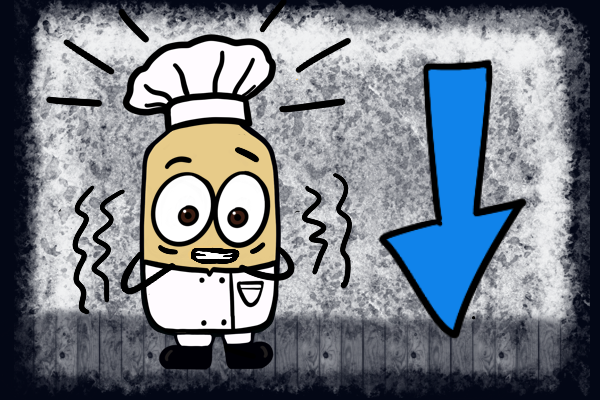Low Blood Sugars in People Taking Insulin
Anyone who uses insulin can have a low blood sugar, also called hypoglycemia. Low blood sugar is usually defined as below 70 mg/dL (3.9 mmol/L). A “true low” is considered below 60 mg/dL (3.3 mmol/L), which is not likely to occur in people without diabetes. For younger kids who may not be able to feel when their blood sugar is low, it may be advised to treat a low when it is below 80 mg/dL (2.1 mmol/L).
Common Causes of Low Blood Sugar
- Extra exercise (the low may happen later, like during the night)
- Taking too much insulin or the wrong dose
- Bathing, showering, or going into a hot tub too soon after injecting insulin
- Having a low blood sugar earlier in the day
- Illness, especially with vomiting
- Late or missed meals or snacks
- Drinking alcohol
Signs of a Low Blood Sugar
- Feeling hungry
- Feeling shaky, sweaty, and/or weak
- Irritability (Things that don’t usually make you upset are making you upset!)
- Confusion
- Sleepiness at unusual times
- Changes in behavior or mood (for example, cranky, arguing, unreasonable)
- Double vision
- Signs of nighttime lows may include waking up suddenly, crying, or having bad dreams
Low blood sugar can happen quickly and needs to be treated immediately. The person with low blood sugar should not be left alone until their blood sugar is back to normal.
How to Treat a Low Blood Sugar
The “Rule of 15” is a simple way to treat a low blood sugar. Here’s what to do:
- Take 15 grams of fast-acting carbohydrate (like four glucose tablets or a small juice box).
- Check your blood sugar again in 15 minutes.
- If your blood sugar is still low, repeat the steps 1 and 2.
Important: Don’t over-treat low blood sugar because this can cause a rebound high blood sugar later. While you might feel very hungry, try to stick to the 15 grams of carbohydrate. It can be helpful to eat some protein once your blood sugar comes back up after a low blood sugar if you are not already planning to eat a meal or snack within the next hour. This can help prevent an additional low from happening.
Different Severity of Low Blood Sugar Reactions
Mild Reaction:
- The person can treat themselves.
- Treat with 15 grams of fast-acting carbohydrate
- Check blood sugar in 15 minutes.
- Repeat treatment as needed until blood sugar is no longer low.
Moderate Reaction:
- The person might need help (slow to eat or drink or unable to make decisions).
- Give half a tube of Insta-Glucose® or cake gel between the gums and cheeks. Rub the cheek and stroke the throat to help with swallowing.
- If the person cannot keep food down or blood sugar doesn’t go up, a low dose of glucagon can be given, one unit per year of age up to 15 units, under the skin with an insulin syringe. Repeat every 20 minutes until blood sugar goes up.
Severe Reaction:
- The person needs immediate help. They are unable to eat or drink and are not responding appropriately.
- Give a full dose of glucagon or intranasal-glucagon (Baqsimi) if available.
- If they don’t respond to two doses, seek emergency medical help right away.
Understanding and managing low blood sugar is a crucial part of living with type 1 diabetes. Always have a plan and keep low blood sugar treatments with you at all times. Also, make sure those around you know how to help in case of a low blood sugar emergency.
